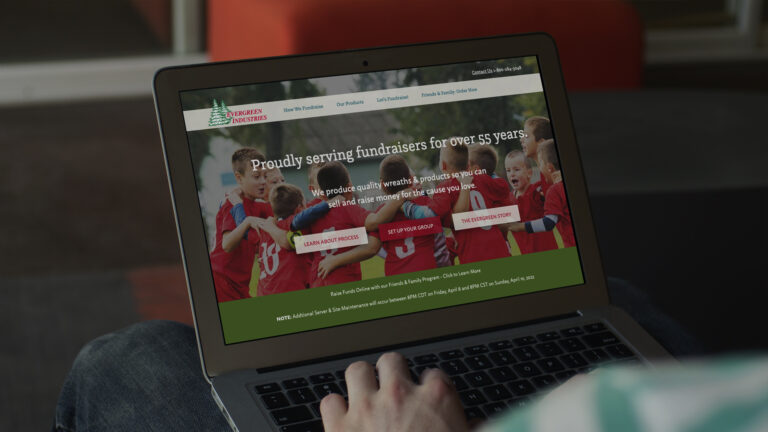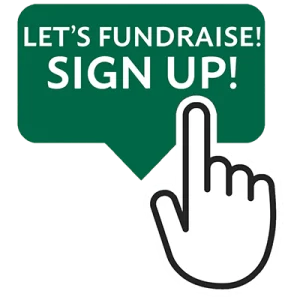For years, non profits have relied on fundraising letters to rally donors—one mass mailing could hit hundreds and meet goals with little effort. But with online campaigns and in-person outreach gaining traction, are letters still a smart move?
Let’s weigh the pros, cons, and toss in some tips to make your next fundraising letter a hit.
Why Letters Still Matter
Fundraising letters are a classic: they tell your story and ask for help in one go. Even as digital takes over, they hold value especially for reaching folks who still check their mailboxes. Here’s the rundown.
FUNDRAISING LETTERS – THE PROS
1. Budget-Friendly Outreach
Letters are cheap. Non profits can use discounted postal rates cents per piece and print personalized notes affordably. A postcard cuts costs further: design it, print it, and mail it at a steal. For small groups, it’s a low-risk way to reach a crowd without big tech spends.
2. Pinpoint Targeting
Direct mail targets specific areas easily like a local non profit hitting every home in town. No need for email lists or phone numbers; you reach new supporters who don’t know you yet. It’s broad but focused, perfect for building local love.
FUNDRAISING LETTERS – THE CONS
1. Losing Their Punch
Mail’s impact is fading. People skim and toss your letter might land in the bin unread. A colorful postcard could stand out more than a plain envelope, but that might mean hiring a designer, bumping up costs.
2. Messy Mailing Lists
Keeping addresses current is tough. People move (10% yearly, says the Census), and contacts shift. You’ll need to verify manually or pay for list cleaning either way, it’s extra work and expense.
3. Tough Competition
“Junk mail” vibes hurt. Letters fight bills and ads for attention, and digital like email or calls might feel cheaper and flashier. Non profits must weigh if mail’s worth it or if alternatives hit harder.
4 Tips for a Winning Fundraiser Letter
1. Personalizing Starting letters with “Dear Supporter” or “Dear Valued Community Member” is a misstep. Today’s consumers expect personalization. Incorporate each recipient’s first name and any personal connections. Mention past interactions or community involvement to make the letter more engaging and effective.
2. Keep It Interesting Despite the trend towards shorter communications, longer great fundraising letters tend to be more effective. Use powerful opening and closing statements to capture attention, but don’t shy away from detailing your program and objectives in a comprehensive manner.
3. Focus on Benefits Clearly outline the benefits the fundraiser will bring. Specify where the money will be used and use past figures to illustrate the significance of contributions. Highlighting how the fundraiser will positively impact the community can resonate with donors who care about local non profit organizations.
4. Include a Call to Action The call to action is crucial. Make it easy for readers to respond, whether by including a URL for online donations or an envelope for mailed contributions. If the letter is digital, ensure the donation link is clickable.
Wrap It Up
Writing a fundraising letter still packs a punch for non profits. It’s affordable and targeted, even if it’s trickier to stand out now. Personalize it, tell a story, highlight benefits, and make the ask clear you’ll turn paper into progress. Whether you mail 100 or 1,000, a great letter can hit your goals. Grab that stamp and get started your cause is waiting!






